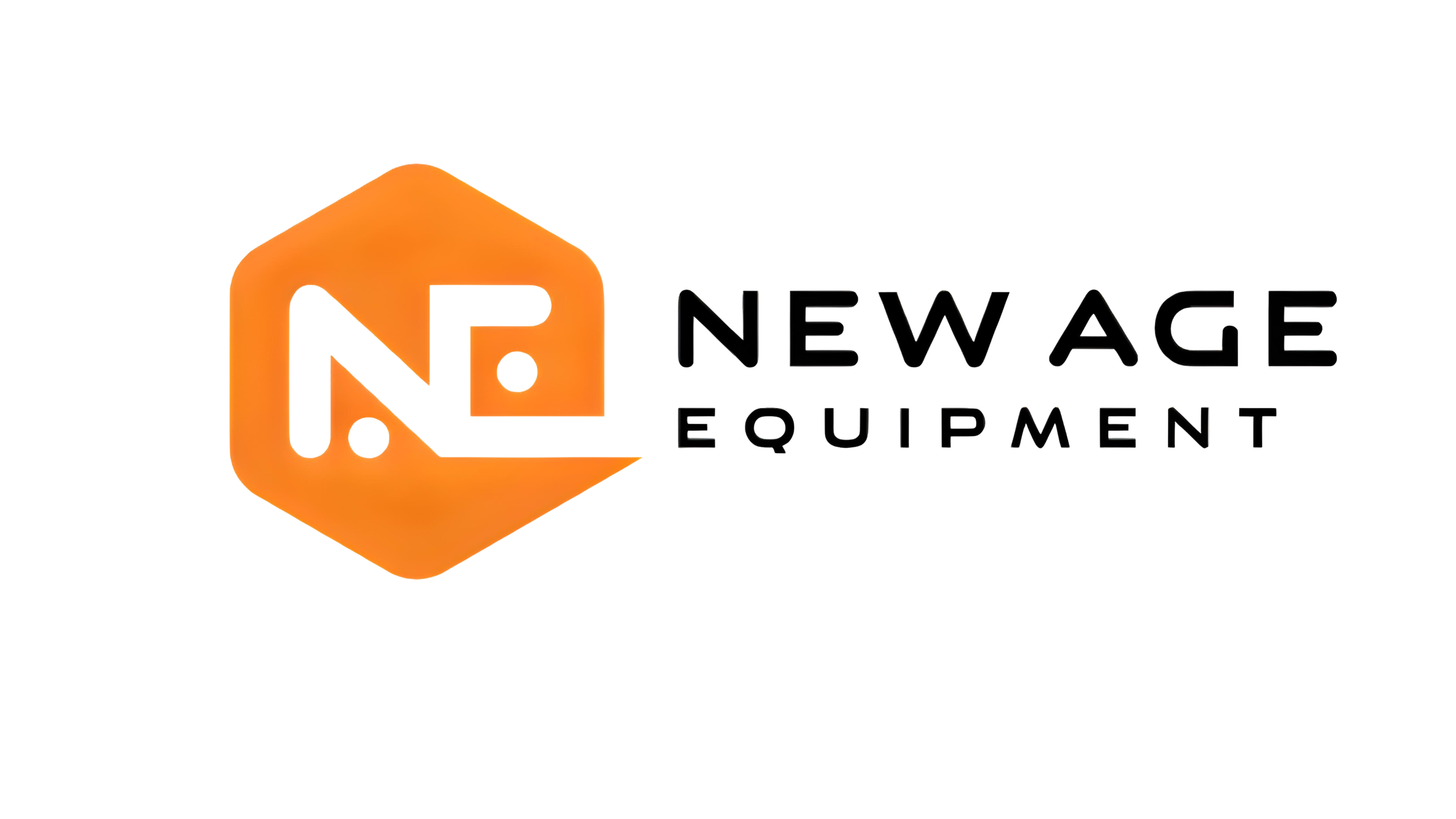Great News from the IRS for Retirement Savers
Great News from the IRS for Retirement Savers
 The Internal Revenue Service (IRS) gave retirement savers an early holiday gift this year in the form of higher contribution limits for 2020. According to its November 6th announcement, workplace retirement plan contribution limits would be increased in 2020. Likewise, the income limits for Traditional IRAs and ROTH IRAs will also rise in 2020.
The Internal Revenue Service (IRS) gave retirement savers an early holiday gift this year in the form of higher contribution limits for 2020. According to its November 6th announcement, workplace retirement plan contribution limits would be increased in 2020. Likewise, the income limits for Traditional IRAs and ROTH IRAs will also rise in 2020.
Larger contributions to retirement accounts will allow you to further minimize your current tax bills. Additionally, higher retirement account contribution limits can be great for those who are playing catch up for retirement and/or who are making good incomes.
2020 Contribution Limits for Workplace Retirement Plans
The employee contribution limit will be increasing from $19,000 to $19,500 for the following types of retirement accounts in 2020:
• 401(k) plans
• 403(b) plans
• Most 457 plans
• Thrift Savings Plans
• Profit-Sharing Plans
• Cash Balance Pension Plans
For those of you with a SIMPLE IRA at work, the contribution limit will be increasing from $13,000 to $13,500. If your employer offers a SIMPLE IRA it may be time to ask them to upgrade your retirement plan to a 401(k), or something similar, that offers larger contribution limits.
Larger Catch-Up Contributions for Workers Who are 50+
Workers, at least 50 years old, are allowed to contribute even more to workplace retirement accounts. In 2019, the maximum catch-up contribution to a 401(k) was $6,000. For 2020, that amount will increase to $6,500.
That means workers who are at least 50-years-old will be allowed to contribute a combined total of $1,000 more than they could have in 2019. For example, a worker who is 55 years old in 2020, with a workplace retirement plan, will be able to contribute up to $19,500 to his 401(k) plus a maximum catch-up contribution of $6,500. If he makes the maximum contributions, they will equate to an investment of $26,000 into his retirement account. That’s $1,000 more than the maximum amount he could have invested in 2019.
Catch-Up Contributions are Typically Allowed on the Following Retirement Plans
• 401(k)
• 403(b)
• Most 457 plans
• Thrift Savings Plan
Sadly, catch-up contributions are not allowed on SEP IRAs.
Solo 401(k) Contribution Limits for 2020
With a Solo 401(k), small business owners can contribute as both the employee and the employer. That could lead to some pretty nice tax savings for those who max out the plans. As the employee, you can contribute the aforementioned $19,500 for 2020, plus the catch-up contribution if you are at least 50 years old. Total contribution limits as both the employee and employer have increased by $1,000 to $57,000 for 2020. That number does not include the potential $6,500 catch-up contribution. That means small business owners who are at least 50 years old have the option to contribute the maximum contribution limit of $65,500 for a Solo 401(k) plan.
Defined Benefit Pension Plan Benefits Increase In 2020
Small business owners who are maxing out their 401(k) or profit-sharing plan, and who want to save more on taxes, should check out a Cash Balance Pension. This defined benefit plan will allow even larger pre-tax retirement plan contributions when combined with a 401(k) profit-sharing plan.
Effective January 1, 2020, the limitation on the annual benefit of a Pension plan will be increasing from $225,000 to $230,000. While this may not seem like a big deal, it will allow for a larger contribution, each year, to the pension plan. Your potential contributions will depend on how the plan is designed, your age, and your income. I work with many business owners who are stashing away hundreds of thousands of dollars each, pre-tax, into a Defined Benefit Pension Plan every year.
No Increase to IRA Contribution Limits
Bad news plus some good news for IRA or ROTH IRA lovers. The maximum contribution limits for individual retirement accounts are remaining the same. Also remaining the same are catch-up contributions for individual retirement accounts. For 2020, the catch-up contribution will be just $1,000 for an IRA and ROTH IRA. It should be noted that cost-of-living adjustments (COLA) for IRAs are not indexed to inflation.
The good news is that the income limits to fully contribute to a ROTH IRA, or to fully deduct contributions to a Traditional IRA, have increased for 2020.
The income limits for both types of IRAs, ROTH or Traditional, will vary depending on your federal income tax-filing status and, of course, your income. For specifics, check out the IRS announcement. Knowing those thresholds will help making the choice of going with a ROTH IRA or Traditional IRA easier.
What Should You Do Now?
Whether you are maxing out your contributions, or not, take them up a notch for 2020. If you already maximize your tax-saving by contributing the maximum amount allowed for your retirement plan, adjust your contributions in 2020 so that you stay at the maximum.
If you are unsure about your investment choices or about how much to save for retirement, talk with an independent fee-only financial planner who can help make the process smoother and easier for you. While it is never too late to improve your retirement outlook, the more you procrastinate, the harder it will be to reach financial freedom.
Credit given to: David Rae, a Certified Financial Planner and Accredited Investment Fiduciary. This article was published by Forbes on Nov 20, 2019.
Thank you for all of your questions, comments and suggestions for future topics. As always, they are much appreciated. We also welcome and appreciate anyone who wishes to write a Tax Tip of the Week for our consideration. We may be reached in our Dayton office at 937-436-3133 or in our Xenia office at 937-372-3504. Or, visit our website.













